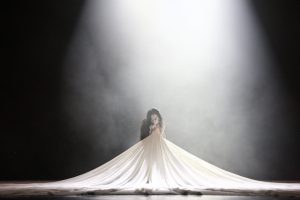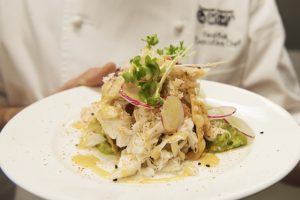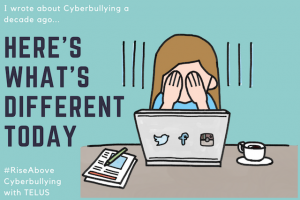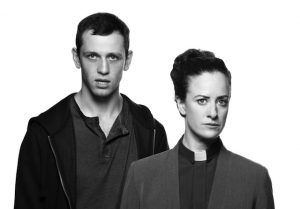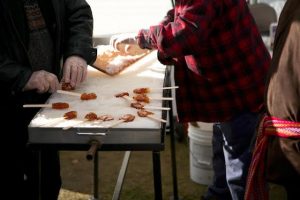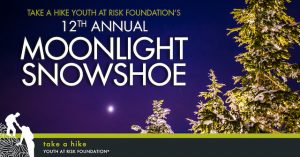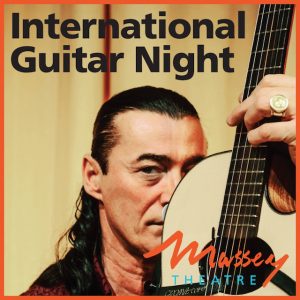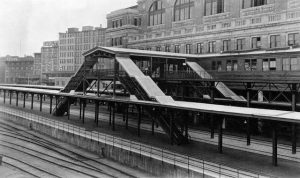Vancouver Opera presents Donizetti’s Gaetano Donizetti’s L’Elisir d’amore (The Elixir of Love) January 21-27, 2018 at the Queen Elizabeth Theatre in Vancouver. Enter to win a pair of tickets to the performance on January 25th!
Continue reading this post
The PuSh International Performing Arts Festival and TAIWANfest present the Western Canadian premiere of Taiwan’s Legend Lin Dance Theatre in The Eternal Tides, the PuSh Festival’s headline event February 3, 2018 at the Queen Elizabeth Theatre.
Continue reading this post
The 7th annual Street Food City, Dine Out Vancouver Festival’s cheap n’ cheerful ‘food truck pod’ returns to the Vancouver Art Gallery’s newly renovated plaza January 22-28 with more than 20 food trucks rotating throughout the week.
Continue reading this post
At the Ocean Wise Pop-Up during Dine Out Vancouver, guests will delight in renowned Ocean Wise executive chef Ned Bell’s three-course menu featuring dishes from his inaugural cookbook Lure and showcasing the best in sustainable, locally-sourced ingredients.
Continue reading this post
I wrote about cyberbullying a decade ago: here’s what’s different about this problem today. I share my story and some great resources from RiseAbove with TELUS that can help empower youth to stand up to cyberbullying.
Continue reading this post
Pi Theatre and the PuSh International Performing Arts Festival present the English Canadian premiere of David Greig’s daring play, The Events, January 17-28, 2018 in Vancouver. Enter to win tickets to opening night.
Continue reading this post
Fort Langley National Historic Site proudly presents the 9th annual Vive les voyageurs Winter Festival, a celebration of the vibrant French-Canadian culture January 20-21, 2018
Continue reading this post
Join the 12th annual Take a Hike Foundation Moonlight Snowshoe this February to support a fantastic cause. This is your chance to be part of an intimate and inspiring evening, alongside Take a Hike’s students and staff, on an evening of guided snowshoeing under the moon.
Continue reading this post
Enter to win tickets to International Guitar Night at the Massey Theatre in New Westminster on January 20, 2018 featuring Lulo Reinhardt, Calum Graham, Marek Pasieczny, and Michael Chapdelaine.
Continue reading this post
Looking ahead to 2018, I thought it would be fun to look back 100 years to catch a glimpse of Vancouver in 1918, thanks to the City of Vancouver Archives.
Continue reading this post
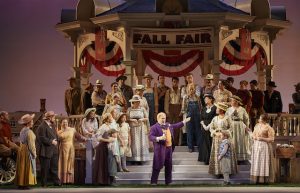
 Win Your Audi Raffle in Support of Sources BC
Win Your Audi Raffle in Support of Sources BC Vancouver Polar Bear Swim Registration Open
Vancouver Polar Bear Swim Registration Open Winter in Steveston Village with Gulf of Georgia Cannery
Winter in Steveston Village with Gulf of Georgia Cannery
